Home>Others>Specialized Home Improvement Topics>What Kind Of Glue Is Used For Car Windows
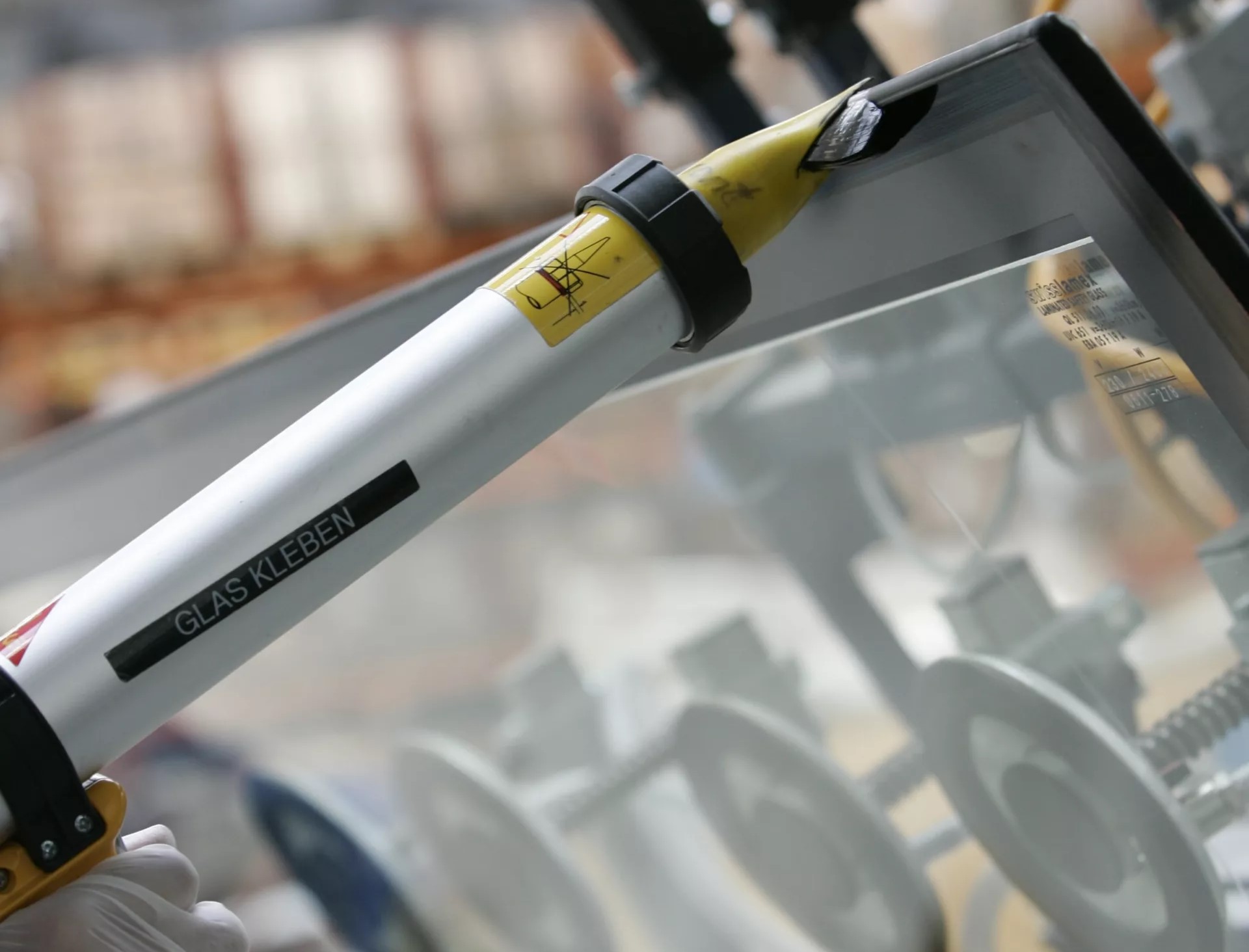

Specialized Home Improvement Topics
What Kind Of Glue Is Used For Car Windows
Modified: January 19, 2024
Find out the best glue for car windows and how to use it. Expert advice on specialized home improvement topics. Get the right adhesive for your car window repair.
(Many of the links in this article redirect to a specific reviewed product. Your purchase of these products through affiliate links helps to generate commission for Storables.com, at no extra cost. Learn more)
Introduction
Read more: What Kind Of Vinyl To Use On Car Windows
Understanding the Importance of Quality Adhesive for Car Windows
When it comes to maintaining the integrity of your vehicle, ensuring that the windows are securely in place is paramount. The role of adhesive in this context cannot be overstated. The right adhesive not only ensures the proper installation of car windows but also contributes significantly to the structural integrity and safety of the vehicle. In this comprehensive guide, we will delve into the different types of adhesives used for car windows, the factors to consider when choosing the right adhesive, and the application process. Whether you are a car enthusiast, a professional mechanic, or simply someone looking to understand more about car maintenance, this guide will equip you with the knowledge to make informed decisions and ensure the safety and longevity of your vehicle. Let's explore the world of car window adhesives and the crucial role they play in maintaining the safety and structural soundness of your vehicle.
Key Takeaways:
- Choose the right adhesive for car windows to ensure safety and durability. Consider factors like compatibility, environmental resistance, and application method for optimal performance.
- Properly applying adhesive for car windows is crucial. Follow steps like surface preparation, adhesive application, and final inspection for a secure and long-lasting bond.
Types of Glue Used for Car Windows
When it comes to securing car windows, there are several types of adhesives specifically designed for this purpose. Each type offers unique characteristics that cater to different needs and conditions. Understanding the distinctions between these adhesives is crucial for selecting the most suitable one for your vehicle. Here are the primary types of glue used for car windows:
- Polyurethane Adhesive: Polyurethane adhesives are widely used in automotive applications due to their exceptional bonding strength and flexibility. They are known for their ability to withstand varying temperatures and environmental conditions, making them ideal for use in car windows. Additionally, polyurethane adhesives provide excellent resistance to water and chemicals, ensuring long-lasting adhesion.
- Butyl Adhesive: Butyl adhesives are popular for their ease of application and reliable sealing properties. They are commonly used to bond car windows to the vehicle frame, providing a secure and watertight seal. Butyl adhesives are valued for their resistance to vibration and impact, making them a preferred choice for automotive glass installation.
- Acrylic Adhesive: Acrylic adhesives are known for their quick curing time and high initial strength. They offer good adhesion to a variety of substrates, including glass and metal, making them suitable for bonding car windows. Acrylic adhesives also provide excellent UV resistance, contributing to the longevity of the bond and the overall durability of the installation.
- Modified Silicone Adhesive: Modified silicone adhesives are designed to withstand extreme temperatures and environmental exposure. They exhibit excellent resistance to UV radiation, making them well-suited for automotive applications where prolonged exposure to sunlight is inevitable. Modified silicone adhesives offer reliable adhesion and durability, ensuring the long-term stability of car window installations.
Each type of adhesive has its own set of advantages and considerations, and the choice of adhesive should be based on the specific requirements of the vehicle and the environmental conditions it will encounter. Understanding the characteristics of these adhesives is essential for making an informed decision and ensuring the effective and long-lasting installation of car windows.
Factors to Consider When Choosing Glue
When selecting the most suitable adhesive for car windows, several crucial factors should be taken into account to ensure optimal performance and longevity. Understanding these factors will empower you to make an informed decision and choose an adhesive that meets the specific requirements of your vehicle. Here are the key considerations when choosing glue for car windows:
- Compatibility: It is essential to ensure that the adhesive is compatible with the materials it will bond. Different types of adhesives may have varying compatibility with glass, metal, and other substrates. Choosing an adhesive that is specifically formulated for automotive glass installation will help prevent compatibility issues and ensure a reliable bond.
- Environmental Resistance: Consider the environmental conditions to which the adhesive will be exposed. Factors such as temperature fluctuations, moisture, and UV exposure can impact the performance of the adhesive. Selecting an adhesive with high resistance to environmental factors will contribute to the longevity and durability of the bond.
- Application Method: The application method of the adhesive is an important consideration. Some adhesives may require specific tools or equipment for proper application, while others may offer ease of use and quick curing times. Understanding the application requirements of the adhesive will facilitate a smooth and efficient installation process.
- Strength and Flexibility: Assess the bonding strength and flexibility of the adhesive, particularly in relation to the structural requirements of car windows. The adhesive should provide sufficient strength to withstand dynamic loads and vibrations while maintaining the flexibility to accommodate the natural flexing of the vehicle structure.
- Curing Time: The curing time of the adhesive is a critical factor, especially in the context of automotive glass installation. Quick-curing adhesives can expedite the installation process, minimizing downtime and allowing for earlier vehicle use. However, it is important to balance curing time with the need for sufficient bonding and curing under varying environmental conditions.
By carefully considering these factors, you can effectively narrow down the options and select an adhesive that aligns with the specific requirements of your vehicle and the intended application. Making an informed choice based on these considerations will contribute to the successful and durable installation of car windows.
When repairing or replacing car windows, it’s important to use a specialized automotive adhesive designed for glass. Look for a urethane-based adhesive that is specifically formulated for bonding car windows to ensure a strong and durable hold.
Application Process
The proper application of adhesive for car windows is crucial to ensure a secure and long-lasting bond. Following the correct application process is essential for achieving optimal results and maintaining the structural integrity of the vehicle. Here are the key steps involved in the application process:
- Surface Preparation: Before applying the adhesive, it is essential to prepare the surfaces to be bonded. This typically involves thoroughly cleaning the glass and the vehicle frame to remove any dirt, grease, or residue that could hinder the bonding process. Proper surface preparation is critical for promoting adhesion and ensuring a strong bond.
- Primer Application: In some cases, the use of a primer may be necessary to enhance the adhesion of the adhesive to the substrates. The primer is applied to the bonding surfaces and serves to promote bonding and improve the overall durability of the installation. It is important to follow the manufacturer’s recommendations regarding the use of primers for specific adhesive products.
- Adhesive Application: The adhesive is applied to the designated bonding areas on the glass and the vehicle frame according to the instructions provided by the adhesive manufacturer. Care should be taken to apply the adhesive evenly and consistently, ensuring full coverage of the bonding surfaces to facilitate a strong and uniform bond.
- Window Installation: Once the adhesive has been applied, the car window is carefully positioned and installed onto the vehicle frame. Proper alignment and seating of the window are crucial to ensure a watertight seal and optimal structural integrity. Any adjustments should be made promptly before the adhesive sets.
- Curing and Setting: After the window is installed, the adhesive undergoes a curing process to achieve the desired bond strength and structural stability. The curing time may vary depending on the type of adhesive used and the environmental conditions. It is important to allow sufficient time for the adhesive to cure and set before subjecting the vehicle to stress or operational use.
- Final Inspection: Once the adhesive has fully cured, a final inspection of the window installation should be conducted to ensure that the bond is secure, the seal is watertight, and the window is properly aligned. Any necessary adjustments or touch-ups can be made at this stage to address any potential issues.
Following these steps diligently and adhering to the manufacturer’s guidelines for the specific adhesive product being used will contribute to a successful and reliable car window installation. By paying attention to the details of the application process, you can ensure the safety, functionality, and longevity of the installed windows.
Read more: What Kind Of Glue To Use On Glass
Conclusion
Choosing the right adhesive for car windows is a critical aspect of vehicle maintenance and safety. The adhesive not only ensures the secure installation of windows but also contributes to the overall structural integrity and durability of the vehicle. By understanding the different types of adhesives available, considering key factors when making a selection, and following the proper application process, you can achieve a reliable and long-lasting bond for your car windows.
Whether you are a car owner, a professional installer, or a automotive enthusiast, the knowledge gained from this guide equips you with the necessary insights to make informed decisions regarding the adhesive used for car windows. The importance of compatibility, environmental resistance, application method, strength, flexibility, and curing time cannot be overstated when it comes to selecting the most suitable adhesive for your specific needs.
By adhering to the recommended application process, including surface preparation, primer application, adhesive application, window installation, curing and setting, and final inspection, you can ensure that the adhesive performs optimally and contributes to the safety and longevity of your vehicle’s windows.
Ultimately, investing in high-quality adhesive and following best practices for application will not only secure the car windows effectively but also provide peace of mind knowing that your vehicle is equipped with a reliable and durable bond. The proper selection and application of adhesive for car windows are essential elements of responsible vehicle maintenance, contributing to the safety, functionality, and overall performance of the vehicle.
With the insights gained from this guide, you are well-equipped to make informed decisions and ensure the effective and long-lasting installation of car windows, enhancing the safety and reliability of your vehicle for years to come.
Frequently Asked Questions about What Kind Of Glue Is Used For Car Windows
Was this page helpful?
At Storables.com, we guarantee accurate and reliable information. Our content, validated by Expert Board Contributors, is crafted following stringent Editorial Policies. We're committed to providing you with well-researched, expert-backed insights for all your informational needs.
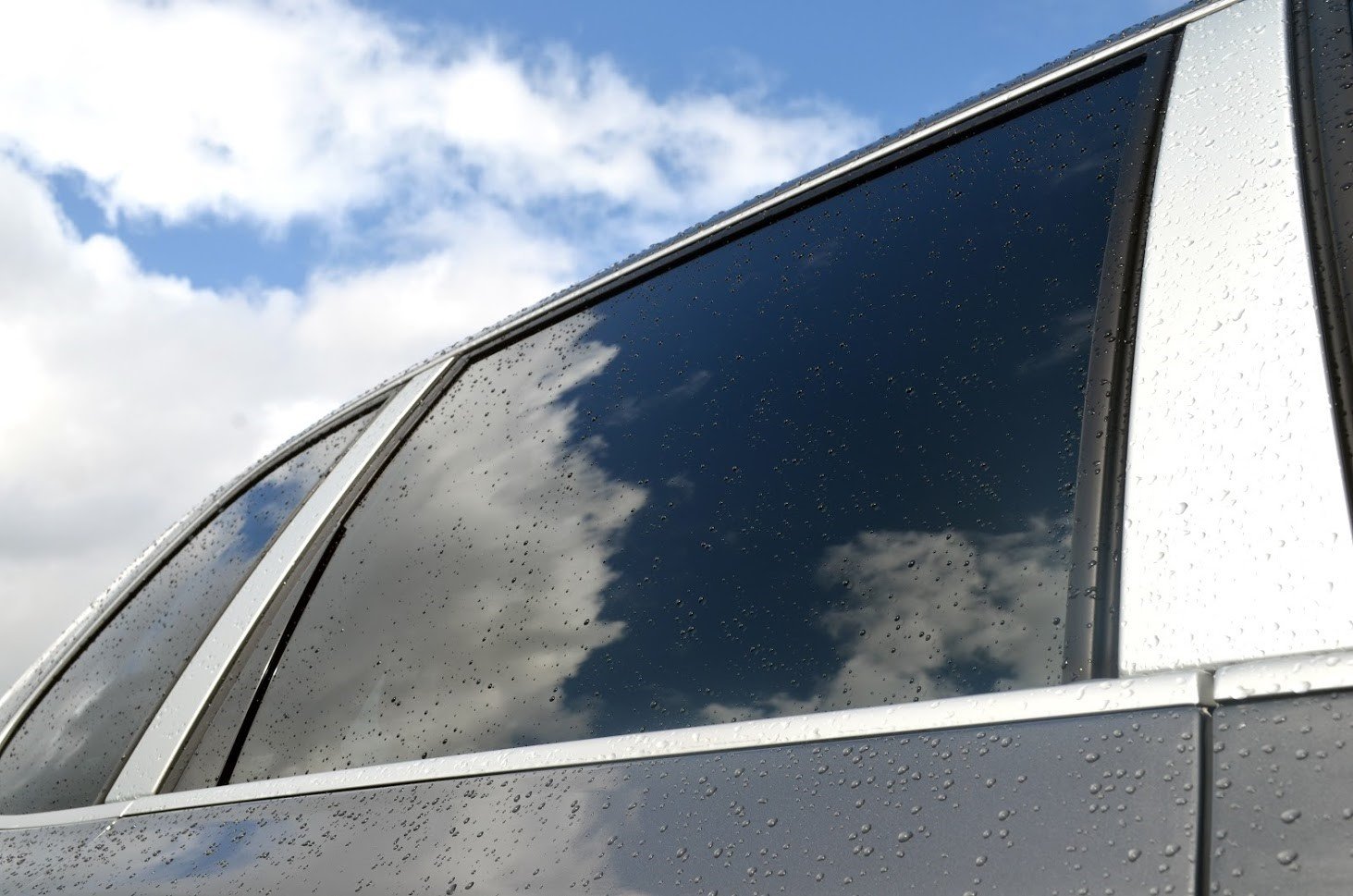
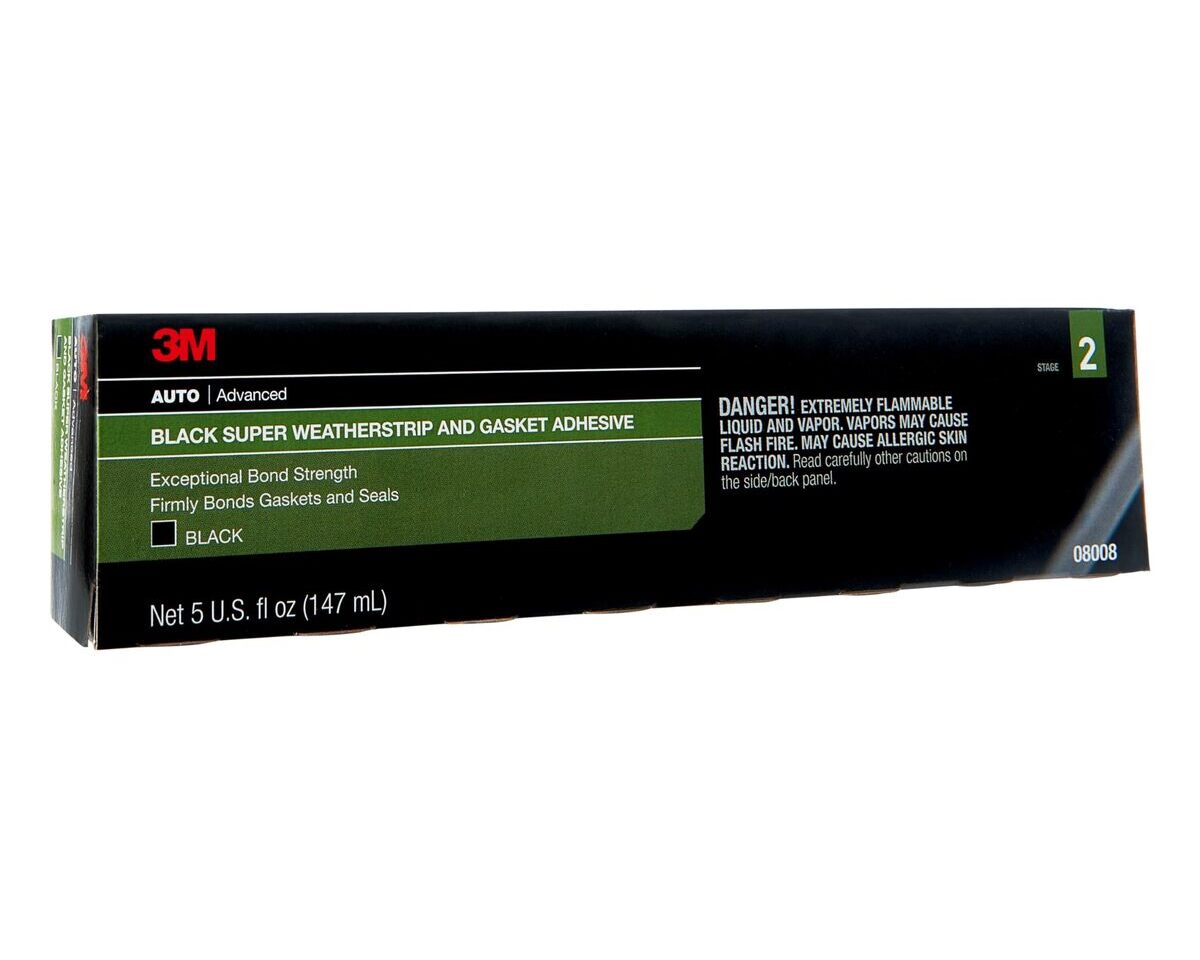
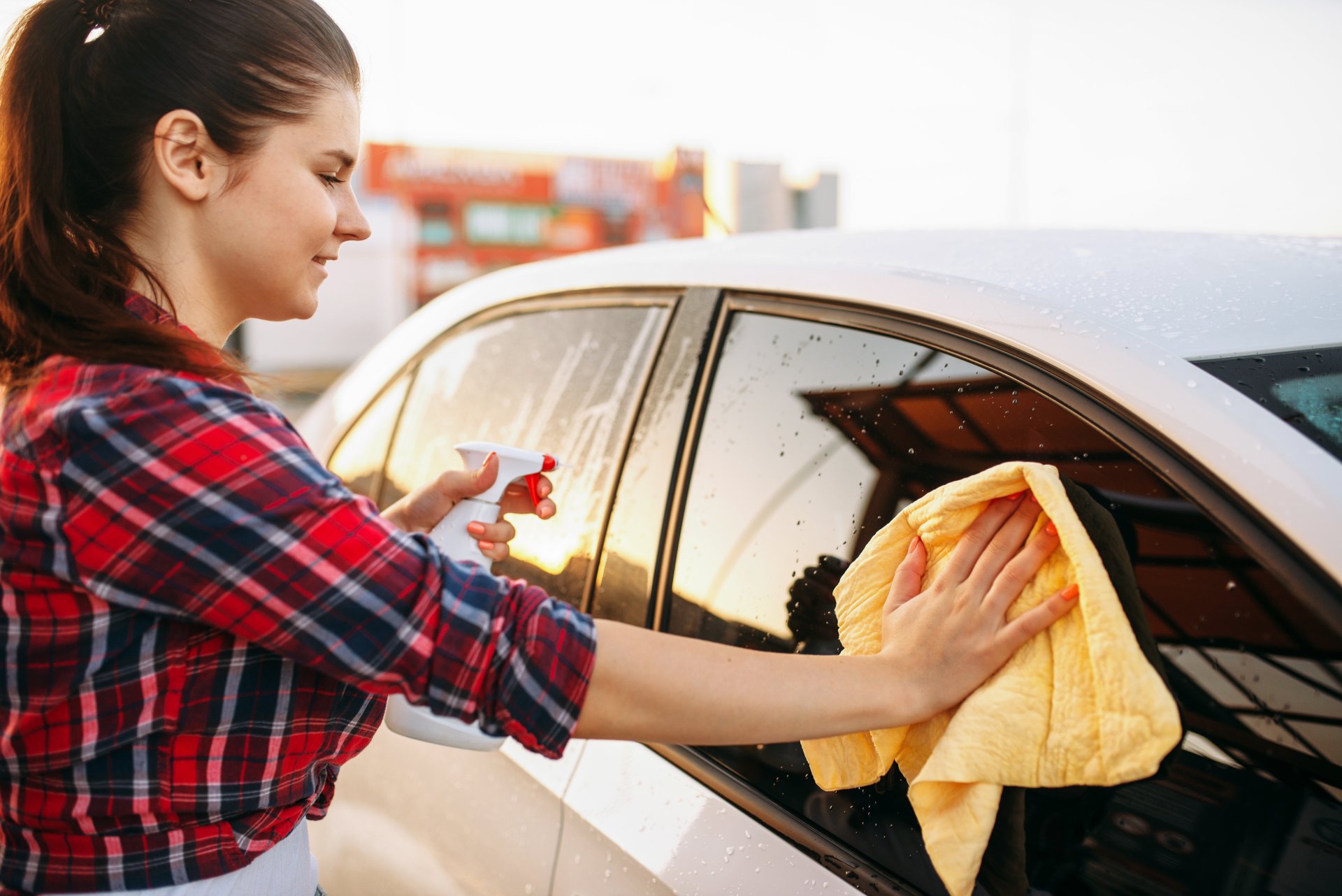
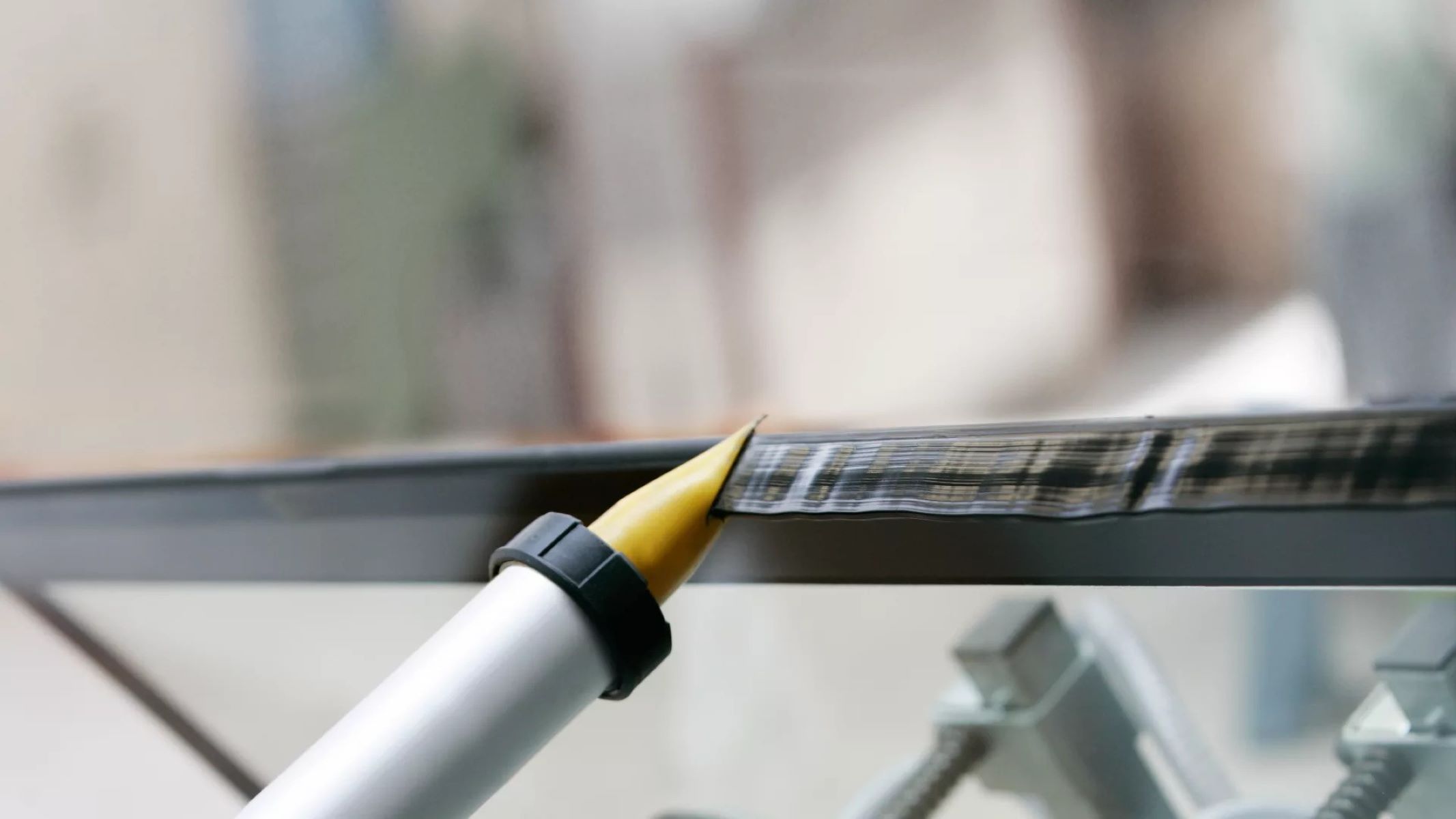
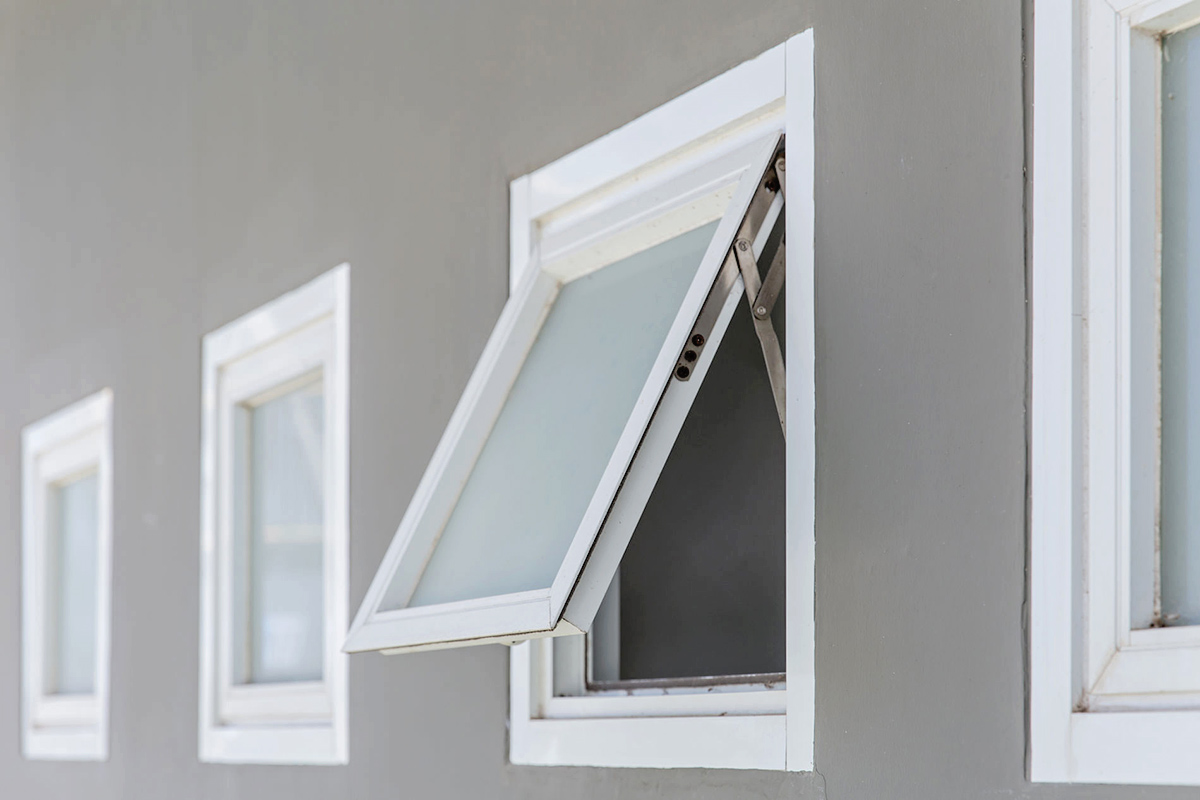
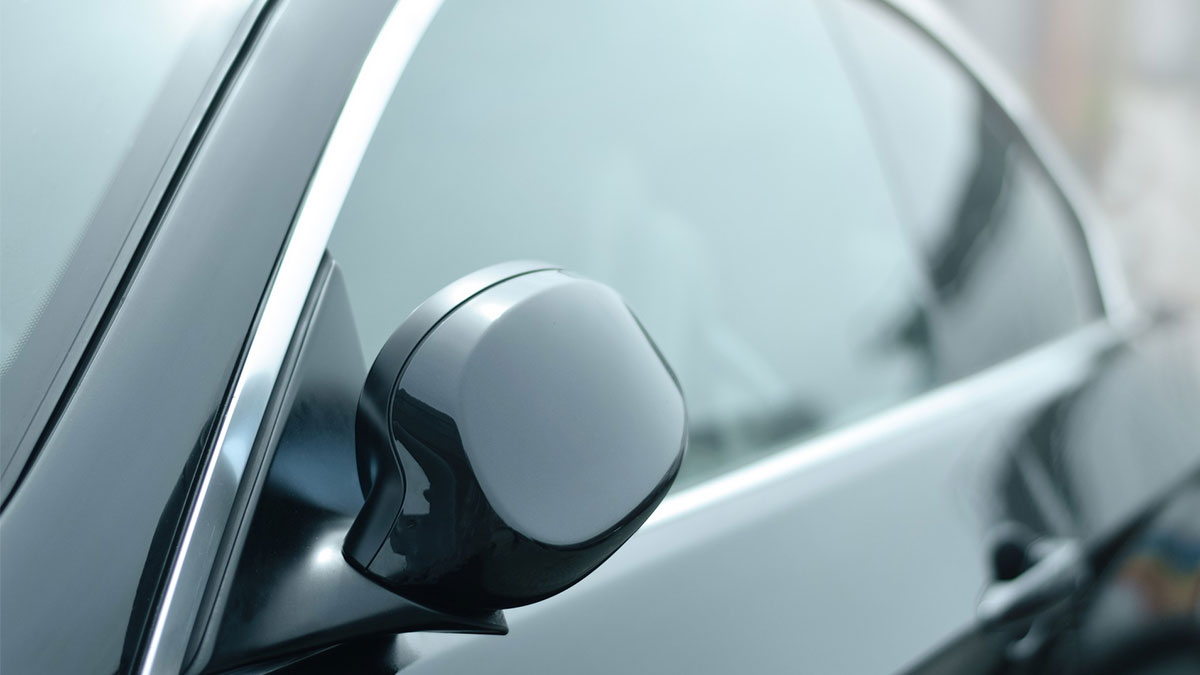


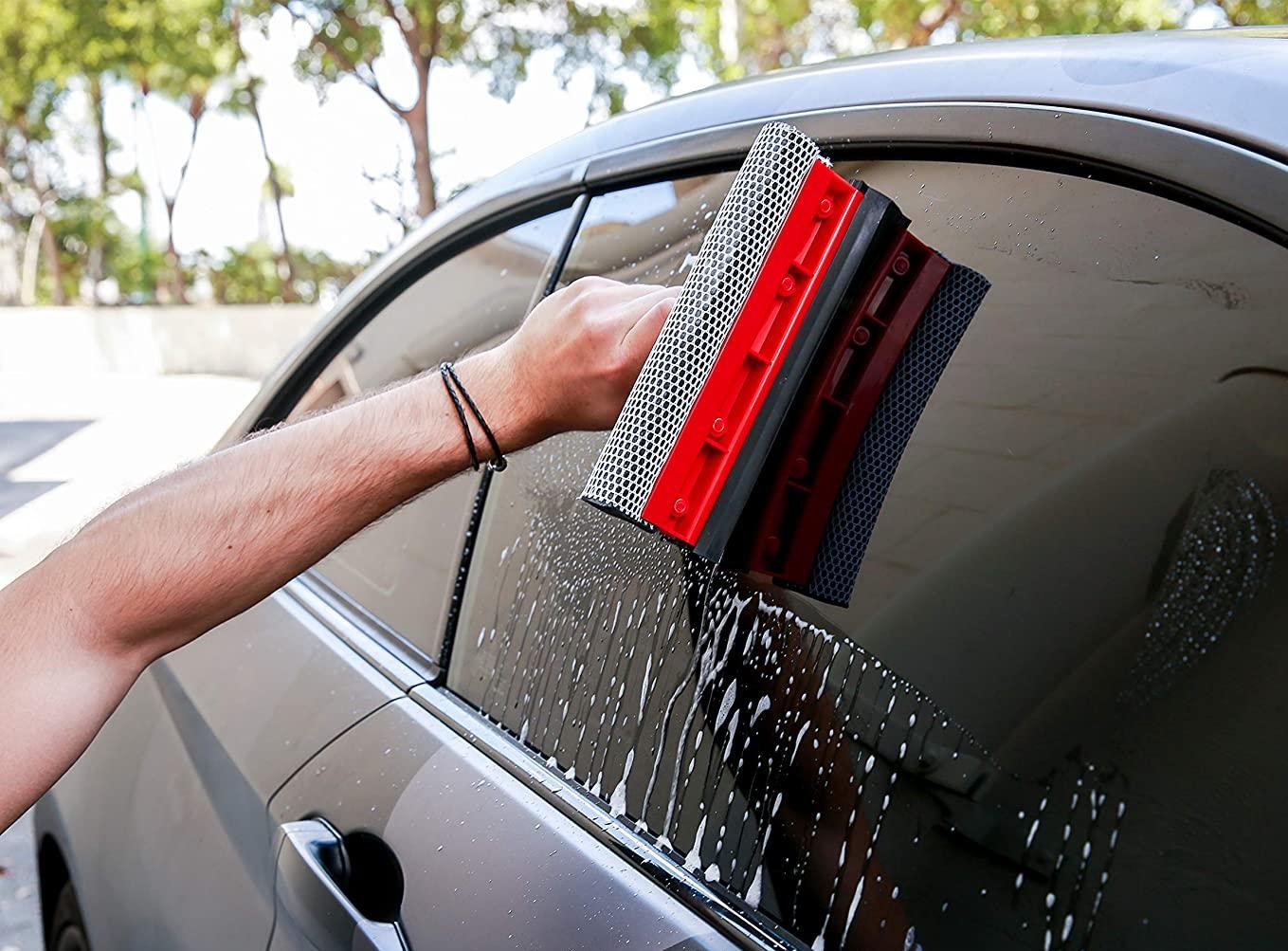
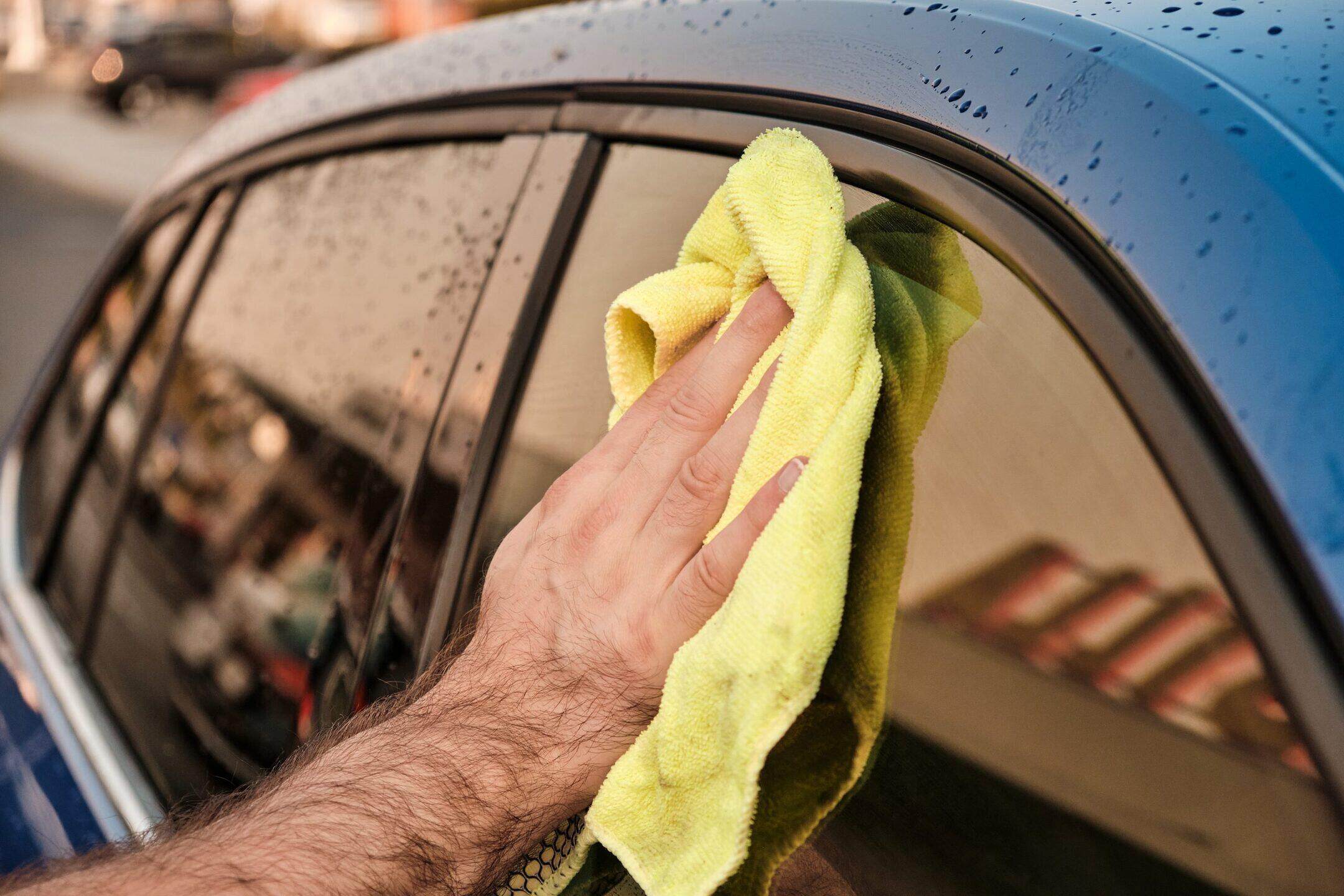
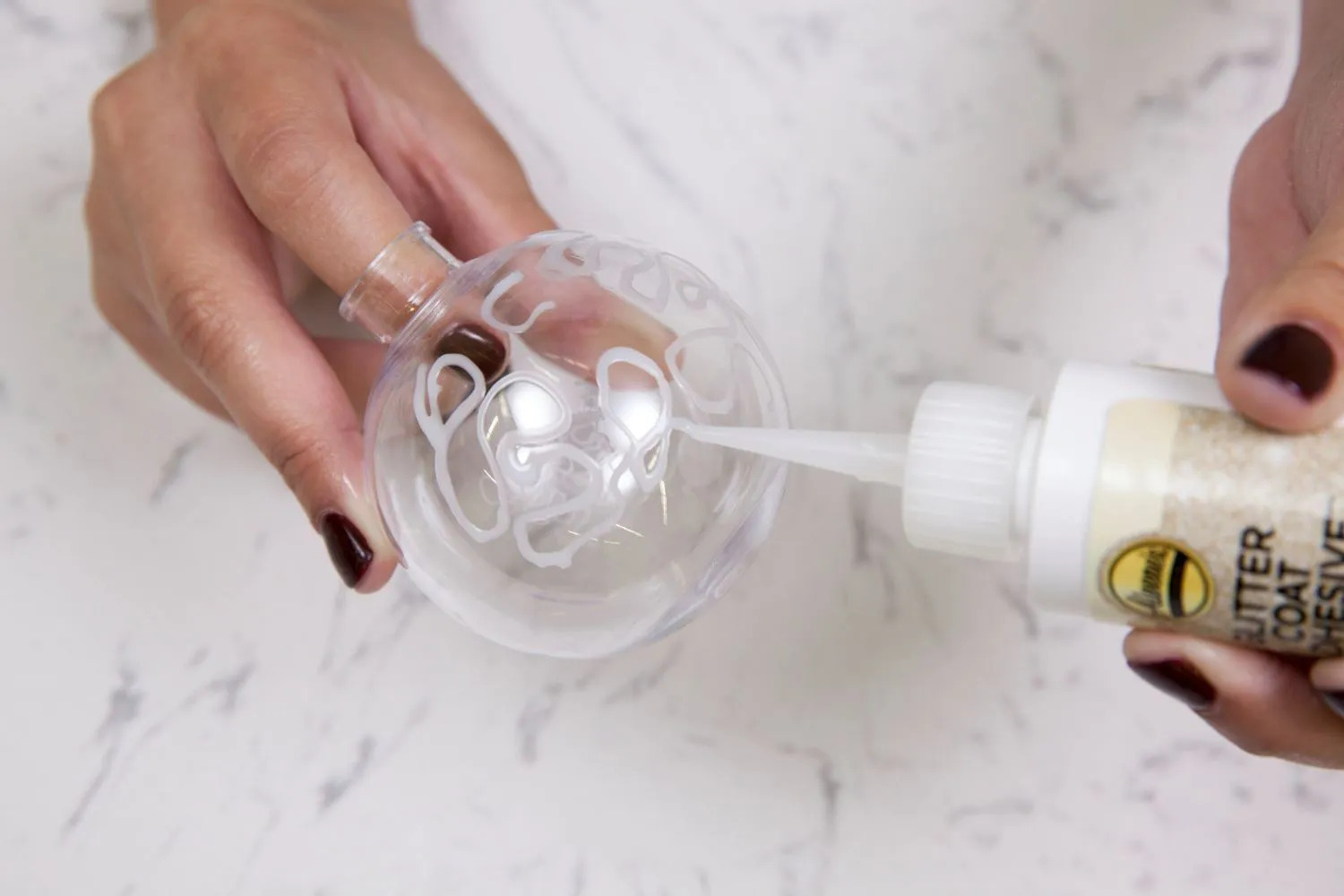
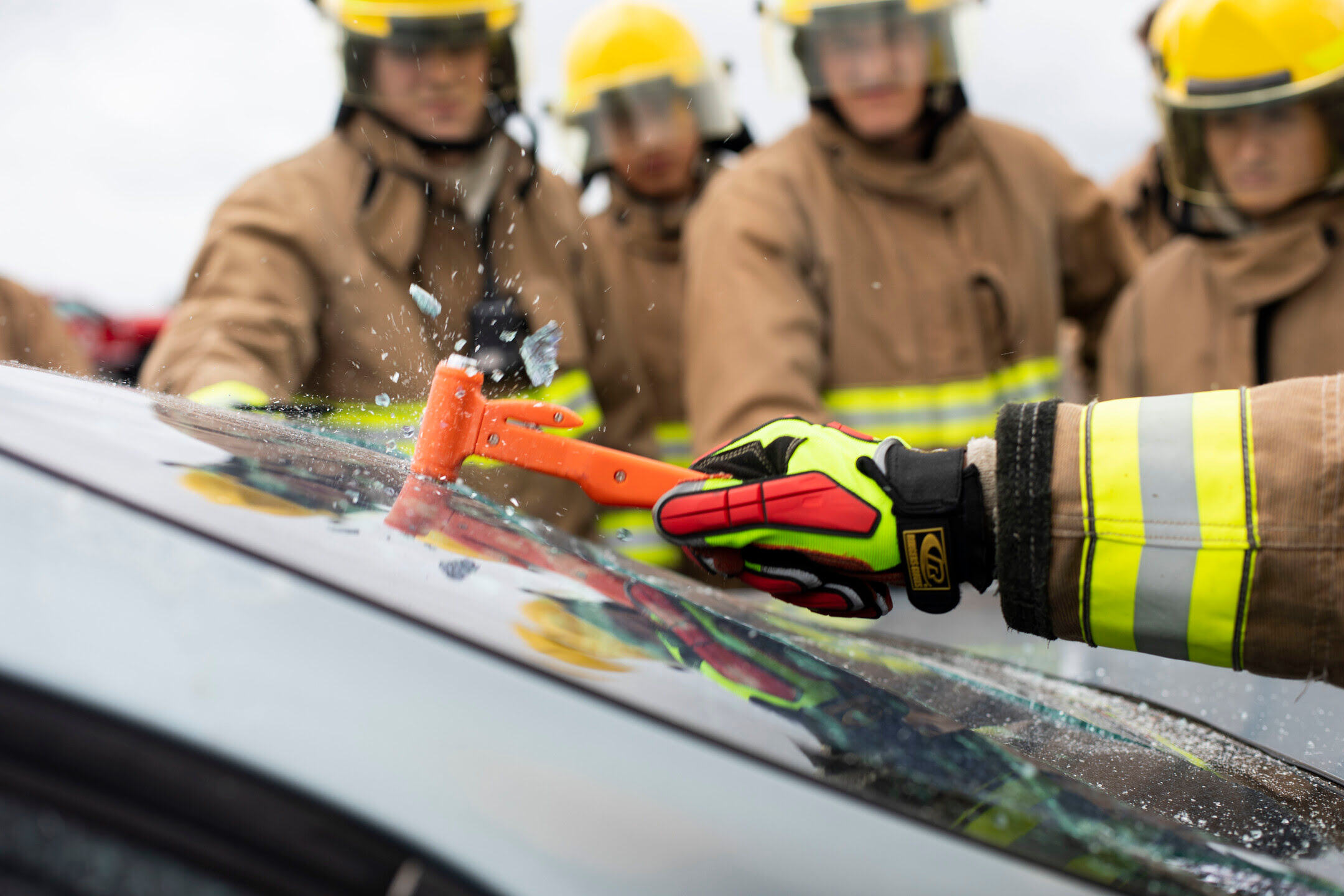
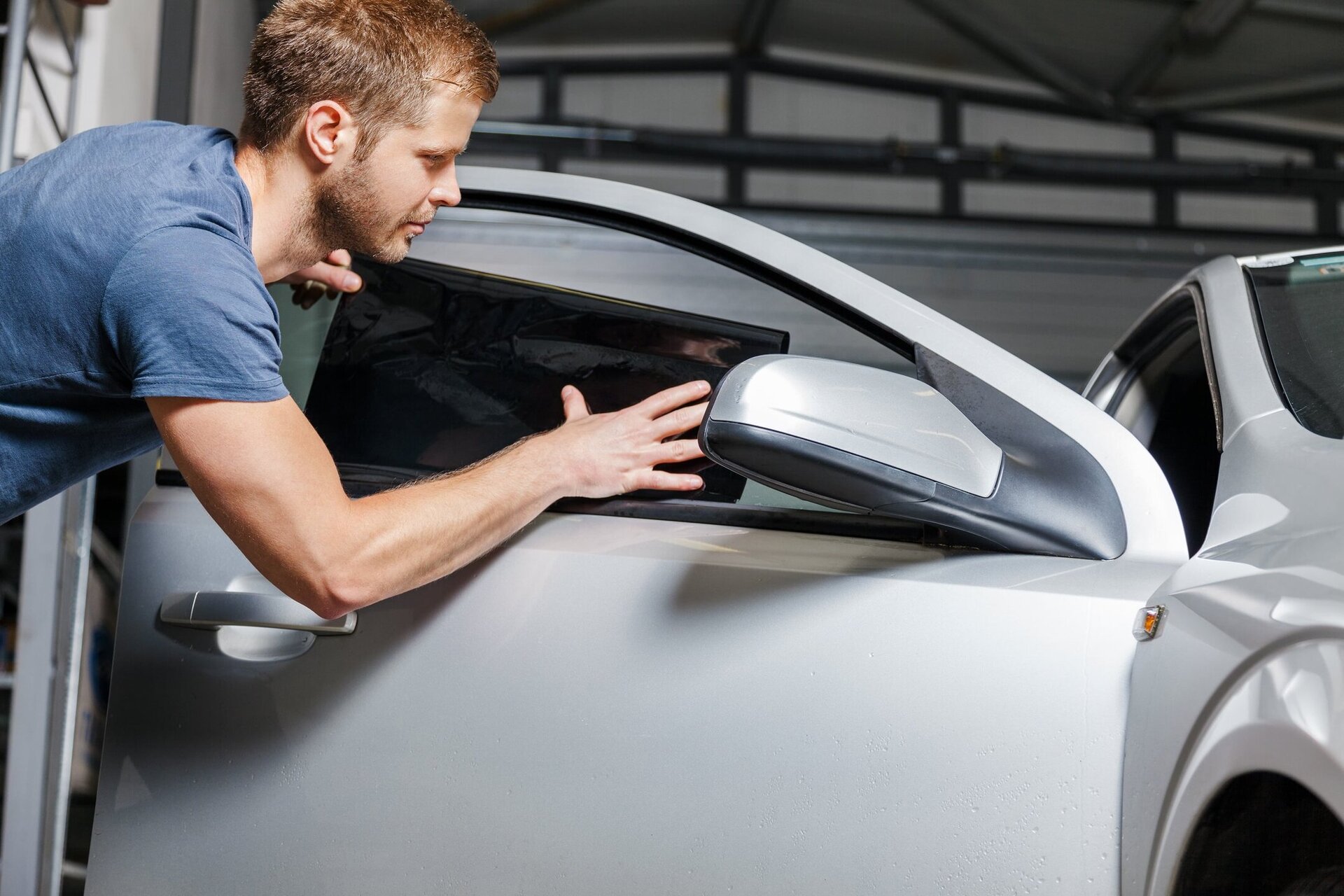


0 thoughts on “What Kind Of Glue Is Used For Car Windows”